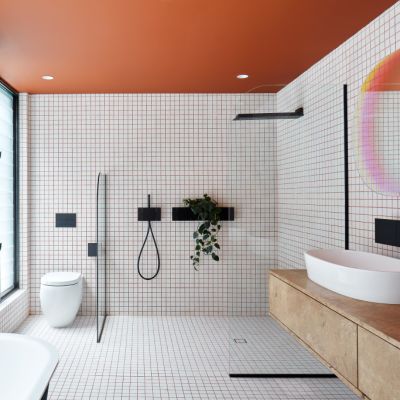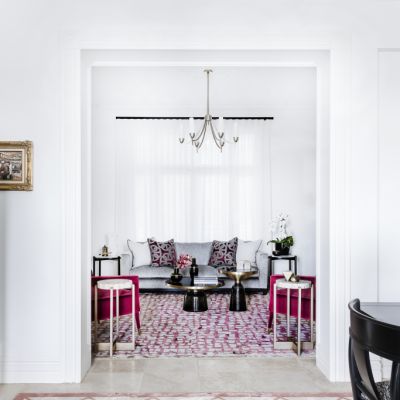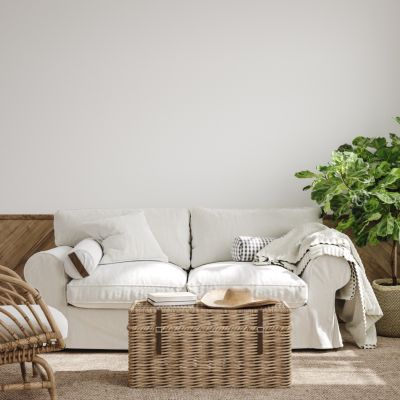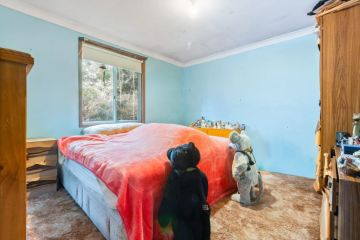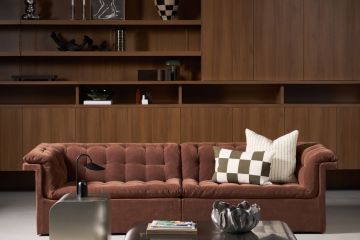Would you buy art for your home 'sight unseen'?
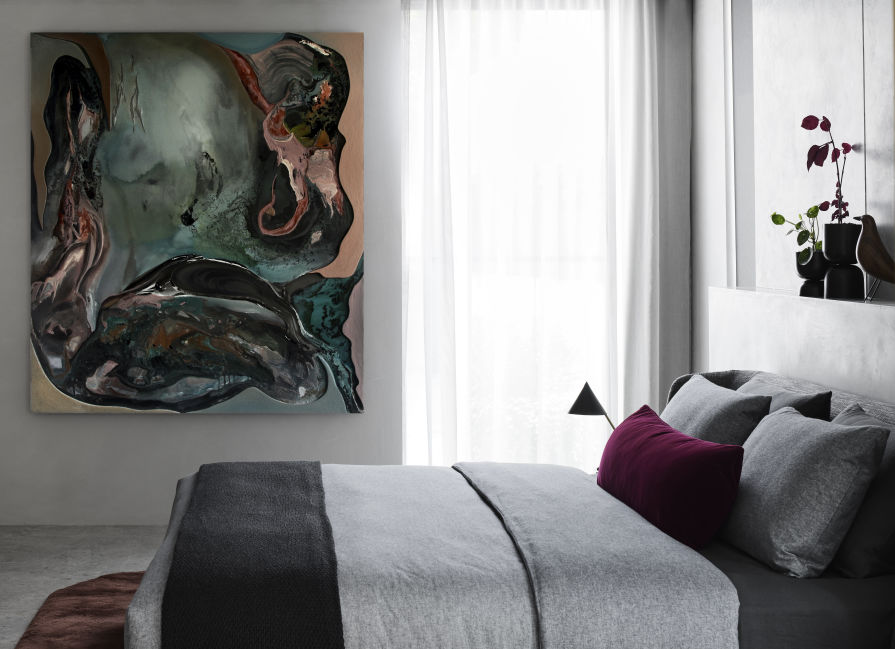
While there has always been a strong desire for art in the home, the increase in art sales in recent years is a telling sign of our growing devotion to adding this extra layer of intrigue to our interiors.
According to Megan Dicks and Hannah Abbott, the co-directors of Melbourne-based gallery Otomys, the reasons for this can be summarised as two factors.
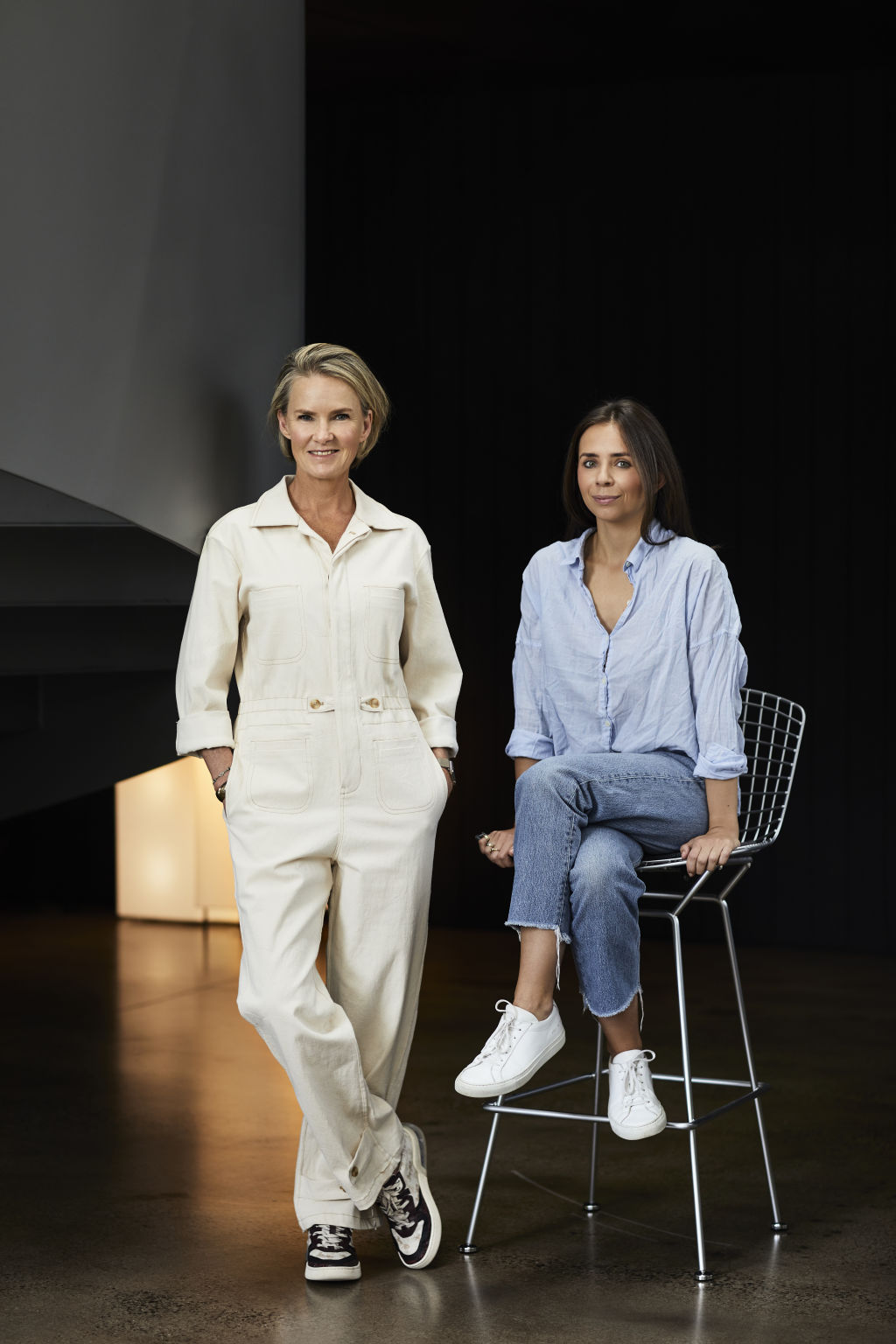
First, people have found themselves spending more time at home, which has brought about a refreshed appreciation of art and its role in interior design. And, second, a newfound value in enjoying quiet time presents the opportunity to reflect and be more in tune with our sentiments, with art being an outlet to express this.
“Art is so much more than the visual experience; it inspires and communicates emotion, so it’s unsurprising to see that the more people wish to be reflective and expressive at home, the more our desire for art increases,” says Dicks.
“Lately, virtual art exhibitions have proven to work well for collectors, who could enjoy exhibitions online, in the quietness of their home, and at their own time and pace. For many, this has now become the preference.”
Dicks notes that collectors are increasingly registering online to receive exhibition news and presale catalogues, often resulting in exhibitions selling out before they even open.
“I think the online buying pattern will remain strong in the future, as art collectors feel more confident purchasing significantly priced works virtually, driven by the rising interest in investing in meaningful pieces for the home.”
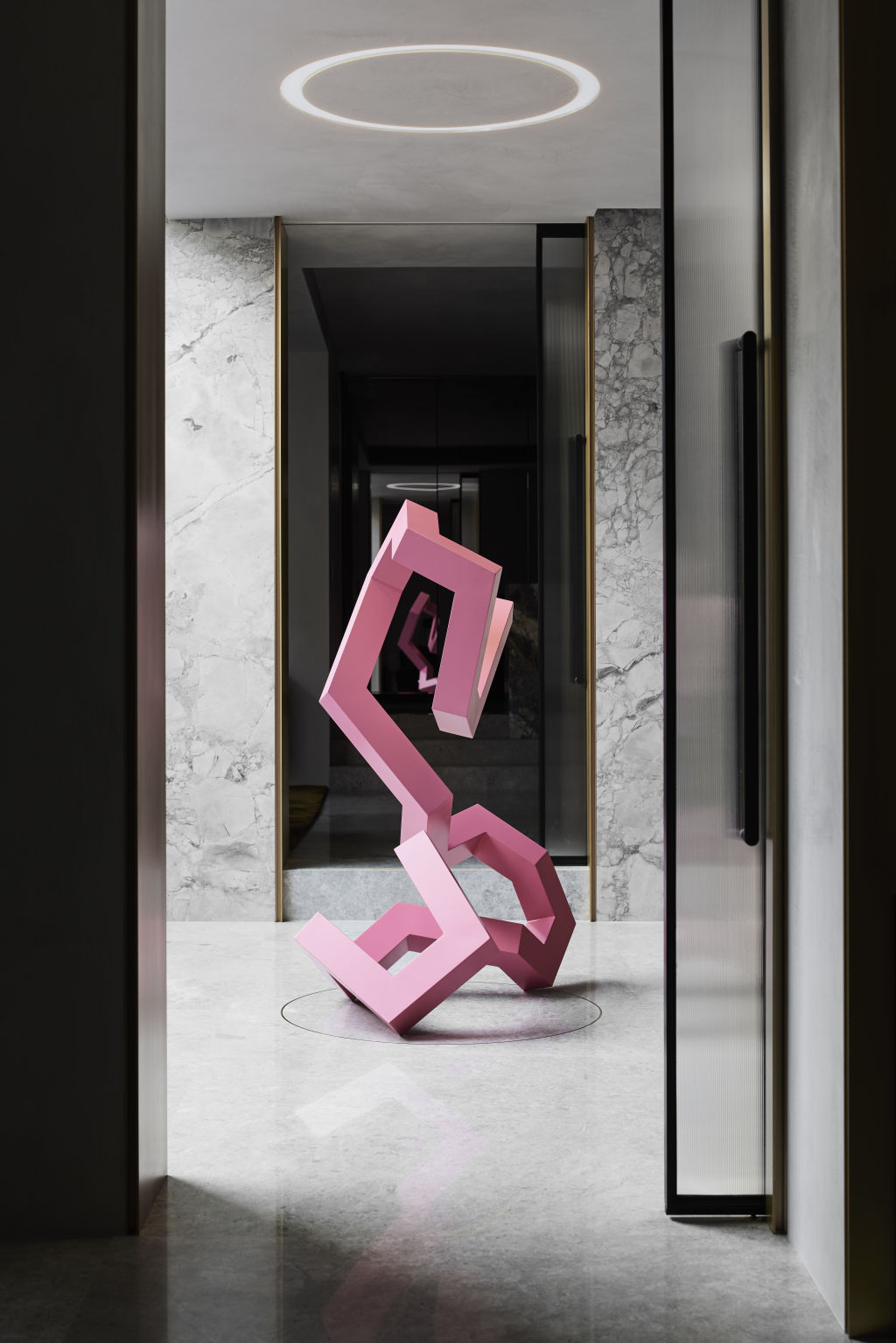
One emotion that many Australians shared was the desire to fill the absence of world discovery, with overseas travel becoming less common of late.
Believing art can help ease this longing, contemporary artist Emma Itzstein inspires thoughts and memories of this missed sense of freedom in her works.
“Art is the perfect way to engage the part of our brain that stores memory and narrative, such as those we collect from our travels,” Itzstein says. “Engaging this sense of nostalgia and longing is a gesture of hope, as bittersweet as it may seem.
“By creating work with movement, rhythm, and an expressive and colourful energy, yet still with a level of grit, I hope to make paintings that both acknowledge the universal struggle over the past several years and celebrate a return to both connection and freedom.”
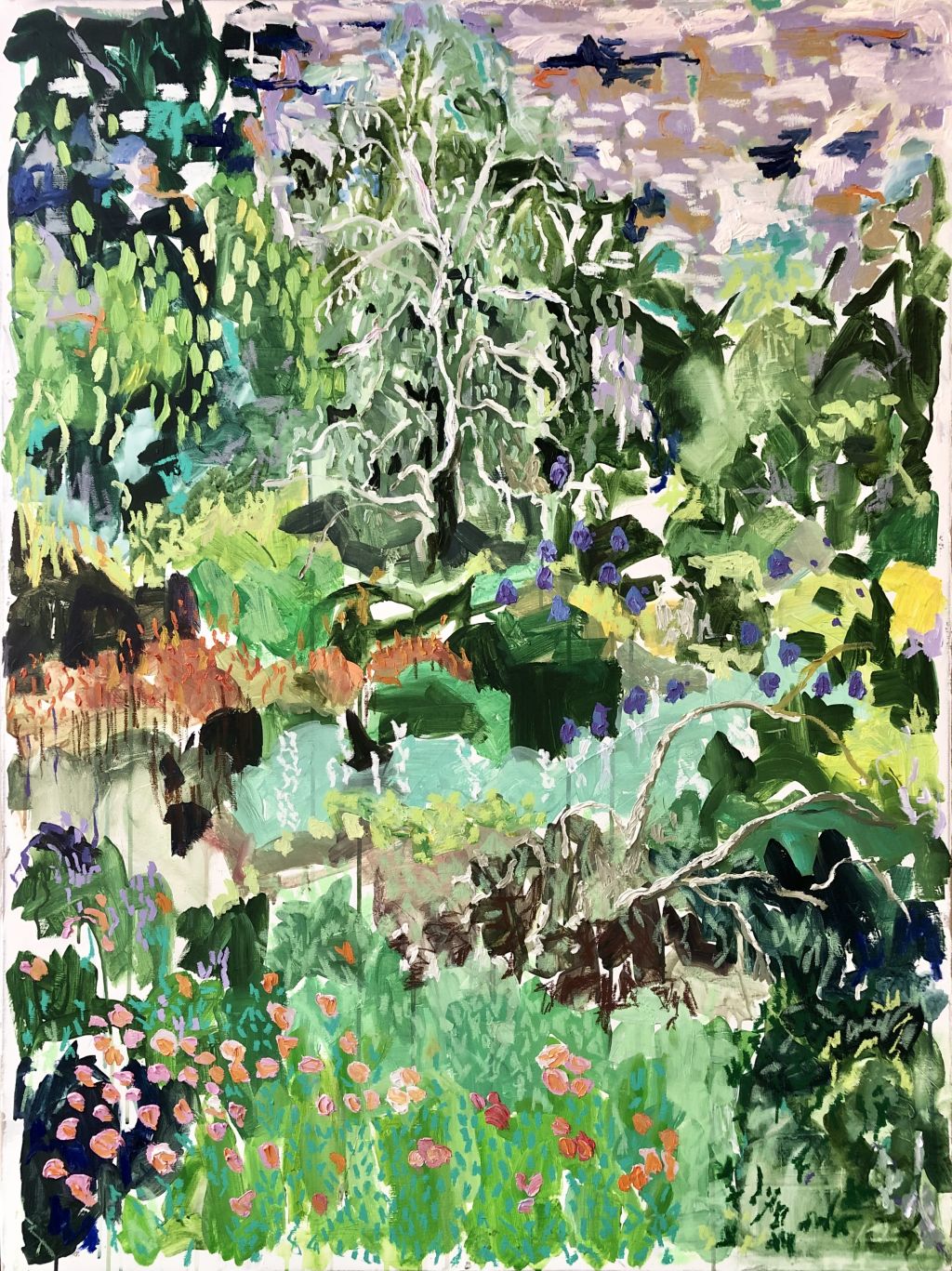
This increased interest in art and sales has afforded further creativity to artists and, as stated by Abbott, this benefits those who seek to surround themselves with art in their homes.
And while some sculptors have struggled with shortages and delays in materials, most painters who have had access to their studios have had more time to create new work.
“Artists often express the changes around us through their work, hence making their approach and art all the more interesting,” Abbott says.
“With exhibitions and collections selling through, this instils increased confidence, allowing artists to challenge themselves in exploring new concepts and ideas. This is very exciting to watch for us and the likes of collectors and interior designers.”
Abbott’s expert advice for navigating art buying in these evolving times.
- Take the time to research the gallery and artist of interest to ensure that they are credible and will have longevity.
- Connect with the gallery once you have resonated with an artist’s practice or particular work. Significant conversations can be had online – Otomys connects with many of its clients via email, phone, FaceTime or Zoom.
- Request further visuals of the artwork, such as close-ups and in-situ imagery.
- If you are looking to procure artwork for a specific wall, ensure that you have measured the space. Mark the measurements out with masking tape so that you can better visualise the scale of the artwork.
We thought you might like
States
Capital Cities
Capital Cities - Rentals
Popular Areas
Allhomes
More
